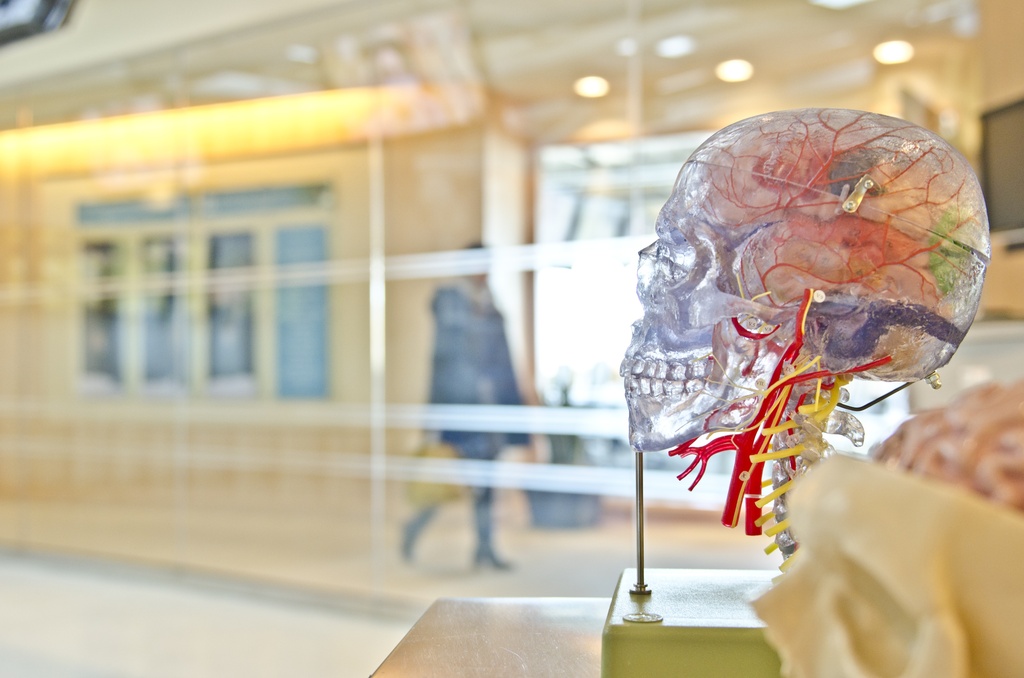Communication promotes innovation

Exchange, direct feedback, mentoring, and demanding – a spectacular innovation in Bern, Switzerland, shows what an active communications culture can achieve. Skull implants are manufactured using a 3D printer – a success story stemming from research cooperation between residents at the Department of Neurosurgery and engineers from ARTORG Center for Biomedical Engineering Research. It not only yields a cosmetically superior result, but is more compatible and less expensive than the traditional procedure.
Doctors in Bern, Switzerland, have been using a 3D printer for the manufacture of skull implants for individual patients for about five years. An innovative process that Jürgen Beck, physician-in-chief of the Department of Neurosurgery credits to the great groundbreaking ability of the doctors and engineers, but also to the excellent infrastructure at ARTORG, as «the fact that both are in close proximity in Bern is an absolute stroke of luck.» Stefan Weber, Professor of Image Guided Therapy and director of the ARTORG for the past five years, shares this opinion. Additive manufacturing – 3D printing – has been used in medicine for quite some time in a number of areas – «the unique process in Bern, however, is the fact that engineers and doctors are brought together here in Bern at ARTORG, and the exchange of knowledge and cooperation are thus quite close,» he explains.
The process used in Bern is a clear example of how innovations in medicine are made. «The secret lies in remaining creative, thinking associatively, and looking beyond the rim of your own plate,» says Prof. Dr. Andreas Raabe, Chairman and Head of the Department of Neurosurgery. New solutions can only be found when one examines, discusses, and exchanges across specialist fields. Exactly this mode of thought is practiced at ARTORG. Scientists from various fields of biomedical technique and clinical departments work at the interface between research and practice. In this case, each group focusses on a specific organ and its typical ailments.

Picture: ARTORG Center for Biomedical Engineering Research
The interdisciplinary exchange and the cooperation across departments at ARTORG and the Department of Neurosurgery allow the use of synergies and a mutual growth beyond previous limits. The skull implants for individual patients are a nice example of the results an active communication culture can achieve. The internal exchange strengthens relationships and creates trust – and thus provides the ideal medium and room for innovation and success.
How exactly are the skull implants manufactured, and what further opportunities does additive manufacturing offer? Marla Eva Moser asked at the Department of Neurosurgery and at ARTORG. You will find the complete research report in the scientific journal UniPress of the University of Berne: Forschungsreportage im UniPress 170 and also in a summarized version in Jahresbericht 2016 Insel Gruppe AG (only available in German).